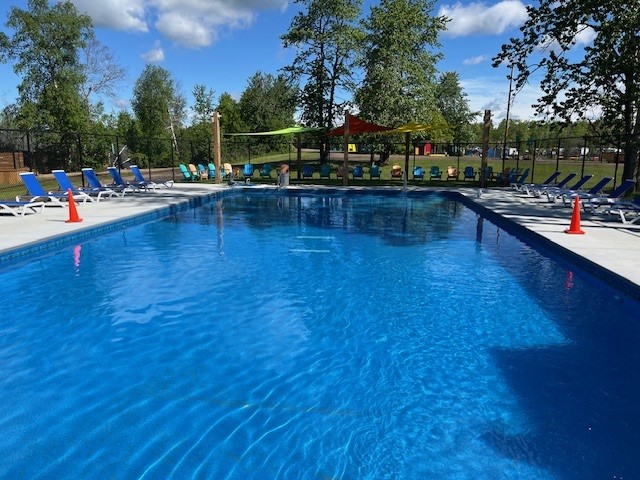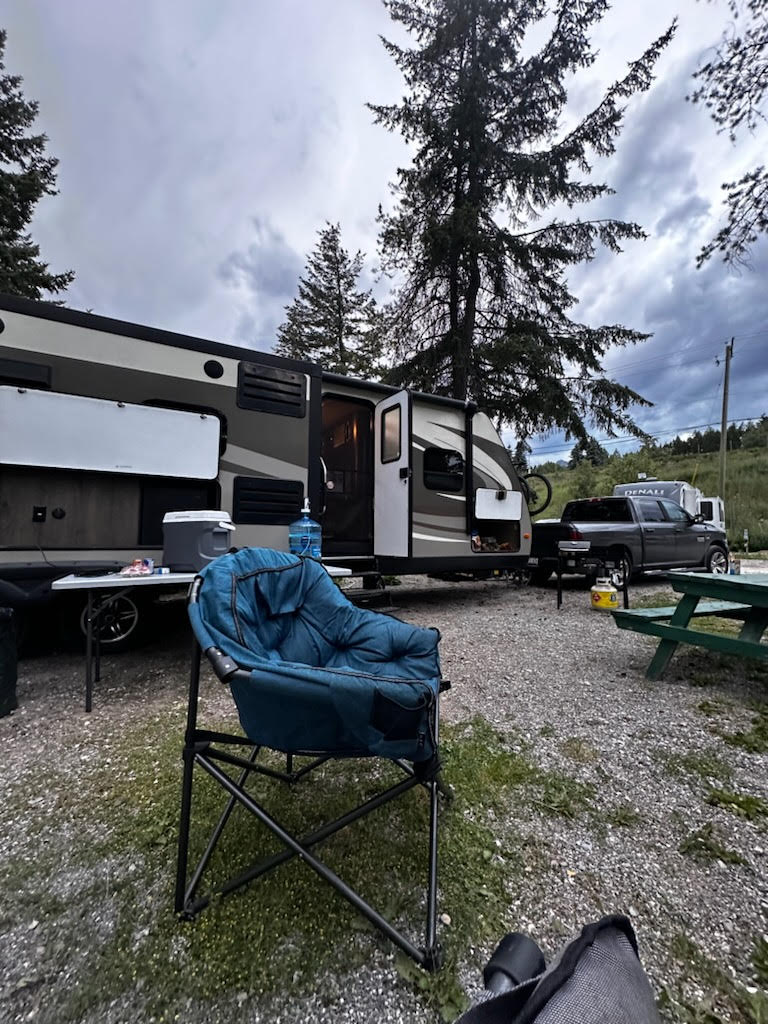Camping should be one of the most accessible and enriching outdoor experiences for families in Canada. But despite the growing interest in nature-based recreation, there are many barriers to camping for families.
If you’re a campground owner, operator, or land developer, understanding the barriers families face—and taking steps to reduce them—can help you create more inclusive, profitable, and community-oriented outdoor spaces.
Let’s take a look at the biggest barriers—and how thoughtful campground planning, design and management can make a difference.
1. Financial Barriers: Equipment, Fees, and Hidden Costs
The Challenge:
Camping gear can be expensive, especially for families just starting out. Even a “budget” trip can cost hundreds once you factor in the cost of tents, sleeping bags, cooking gear, and campsite fees.
How Campgrounds Can Help:
- Partner with local outfitters or nonprofits to offer gear rental programs on-site.
- Introduce discounted family packages or “intro to camping” weekends with guided support.
- Offer a “Gear Library” or shared-use items like camp chairs or cooking kits.
2. Inexperience and Intimidation
The Challenge:
First-time campers often feel overwhelmed by what they don’t know. From pitching tents to dealing with wildlife or bad weather, fear of the unknown can be a major deterrent.
How Campgrounds Can Help:
- Create introductory zones with easy access, flat ground, signage, and support staff.
- Offer on-site staff or hosts to greet and assist new families.
- Post simple “how-to” videos or printed guides at registration areas.
- Write blogs on your website on camping recipes, services, attractions and amenities
- Make your reservation and check-in process seamless as possible.
3. Accessibility and Travel Constraints
The Challenge:
Families without vehicles, or those with limited mobility or special needs, may not find campgrounds designed for them.
How Campgrounds Can Help:
- Design accessible campsites with level paths, clear signage, and proximity to restrooms.
- Offer shuttle services from nearby urban centers or transit hubs.
- Develop campgrounds near urban edges or trail-connected green spaces.
4. Comfort, Hygiene, and Safety Concerns
The Challenge:
Many families are deterred by the lack of modern amenities—especially with young kids. Clean bathrooms, running water, and lighting go a long way.
How Campgrounds Can Help:
- Invest in clean, well-lit washrooms with changing stations and family stalls.
- Install covered shelters, picnic areas, cooktops and secure cold food storage options
- Provide lighting along main paths for night-time safety.
- Animal proof garbage cans
- Glamping campsites with geodomes, yurts, treehouses, airstream trailers, etc. helps remove a lot of barriers for families who don’t want to purchase camping gear. Glamping offers a combination of nature and luxurious comfort where many barriers to camping are removed. As the campground owner, crafting the glamping experience for your clients should remove your customer's pain points of camping.
5. Limited Time and Scheduling Conflicts
The Challenge:
Busy schedules often mean that long weekend getaways aren’t realistic.
How Campgrounds Can Help:
- Offer flexible check-in/check-out times or day rate access camping options.
- Introduce short-stay sites ideal for one-night getaways.
- Create plug-and-play experiences with pre-set tents, trailers or cabins for quick arrivals.

Pool at Half Moon Lake Resort near Sherwood Park, Alberta
6. Cultural and Social Barriers
The Challenge:
Not all families have a cultural tradition of camping, and many newcomers to Canada feel intimidated by wilderness settings.
How Campgrounds Can Help:
- Partner with community groups to offer family camping events for newcomers.
- Hire diverse staff and include multilingual signage or guides.
- Provide group-friendly sites that encourage community camping with extended families.
7. Lack of Activities for Kids
The Challenge:
If kids are bored, the trip can quickly go sideways. A lack of engaging, safe activities may make camping a hard sell for families.
How Campgrounds Can Help:
- Build playgrounds, pools, jumping pillows, parades, pickleball courts, volleyball courts, craft tables, markets, fishing derbies, interpretive trails, scavenger hunts, etc.
- Organized activities such as parades, pickle ball tournaments, crib tournaments and fishing derbies can go a long way
- Offer seasonal kids’ programming or ranger-led activities such as crafting and pancake breakfasts
- Create open green spaces for games and picnics.
Final Thoughts: Campgrounds That Welcome Everyone
Family camping doesn’t have to mean “roughing it.” The more campground owners invest in inclusive, thoughtful design, the more likely families are to return—and to share their positive experiences with others.
At Bolson, we help landowners, developers, and municipalities design family-friendly campgrounds that reduce barriers, increase community access, and enhance profitability. Whether you’re planning a new site or upgrading an existing one, small changes can make a big difference. Interested in designing or upgrading your campground for family access? Contact Bolson Engineering to learn more about inclusive, low-impact campground design that works for families and communities alike.

